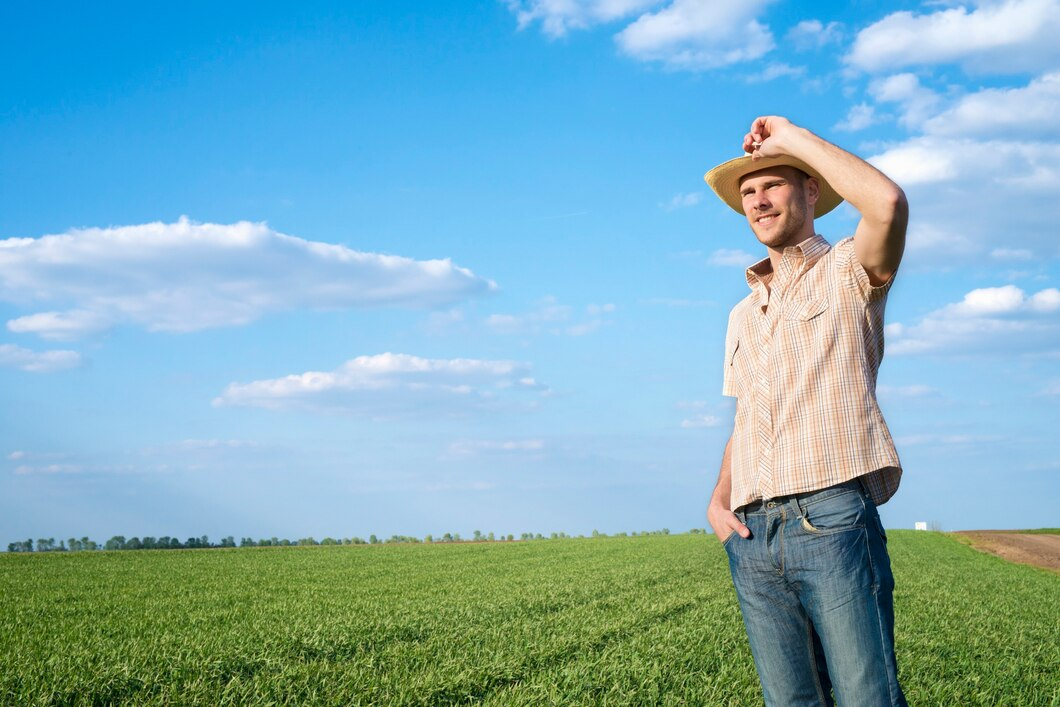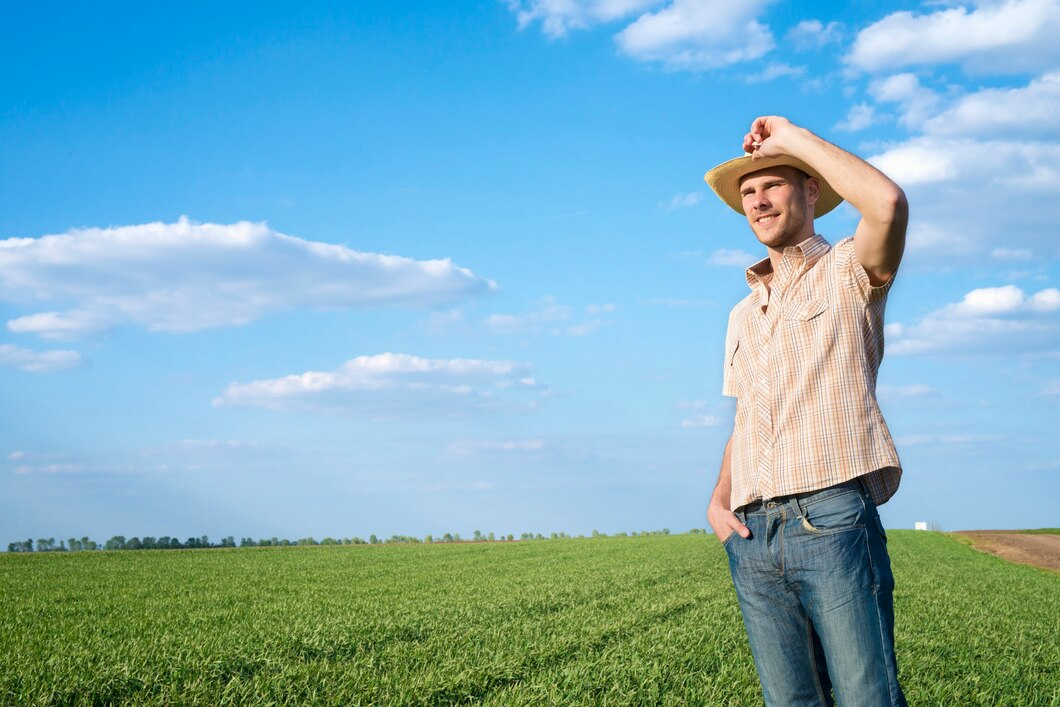
Investing in rural land can be a strategic and rewarding choice for those seeking to diversify their portfolios or secure long-term assets. Unlike urban real estate, which often experiences volatile market fluctuations, rural land typically offers more stable, gradual appreciation. The appeal of rural land lies in its versatility—whether for agricultural use, recreational purposes, or future development. With growing interest in sustainable living, remote work opportunities, and off-grid lifestyles, rural land has gained popularity among both individual buyers and institutional investors. Additionally, the finite nature of land as a resource makes it a valuable long-term investment. However, the potential returns from rural land investments often depend on location, infrastructure development, and intended use. Investors must carefully evaluate the land’s accessibility, environmental characteristics, and proximity to expanding urban areas to maximize value over time.
While rural land offers many benefits, it is not without challenges. Unlike urban properties, rural land can present liquidity issues, meaning it may take longer to sell or generate income. Infrastructure limitations, such as lack of utilities or road access, can impact the land's usability and value. Moreover, regulatory factors like zoning laws, environmental protections, and water rights can restrict development possibilities. Despite these challenges, rural land remains an attractive option for investors with a long-term outlook, particularly when combined with strategic planning. Whether through leasing for agricultural purposes, eco-tourism ventures, or conservation projects, rural land can provide steady income streams alongside long-term appreciation. Conducting thorough due diligence, understanding local regulations, and aligning the investment strategy with market demand are essential steps to making rural land a profitable and sustainable investment.

Market Trends and Demand
The market for rural land investment has undergone notable shifts in recent years, driven by evolving economic conditions, lifestyle preferences, and technological advancements. Traditionally seen as a niche segment, rural land is increasingly gaining attention from both individual buyers and institutional investors seeking alternative investment opportunities. Rising property prices in urban centers, combined with the growing appeal of remote living, have contributed to heightened demand for rural properties. Additionally, advancements in infrastructure, renewable energy projects, and sustainable agriculture have made rural land more attractive for both recreational and commercial purposes. Understanding the current market landscape, the key drivers of demand, and future growth projections is essential for investors looking to capitalize on the potential of rural land as a long-term asset. This section explores the trends shaping the rural land market and the factors influencing its increasing popularity.
Current Rural Land Market Landscape
The rural land market has seen a resurgence in interest, particularly in the wake of the COVID-19 pandemic. Remote work trends, increasing urban congestion, and rising property prices in cities have led many individuals and investors to explore opportunities in less densely populated areas. The demand for rural properties has increased, both for residential and commercial purposes, as buyers look for more affordable and spacious alternatives.
Factors Driving Demand
Several key factors are driving the demand for rural land:
- Affordability: Compared to urban and suburban areas, rural land is significantly more affordable, allowing investors to purchase larger plots for a fraction of city property prices.
- Remote Work & Lifestyle Changes: The rise of remote work has made it possible for individuals to live farther from urban centers, increasing demand for rural properties.
- Agricultural & Commercial Expansion: With the growing emphasis on sustainable farming, organic agriculture, and renewable energy projects, rural land is becoming a valuable asset.
- Recreational Use: Many buyers are looking for land for outdoor activities such as hunting, fishing, camping, and off-grid living.
Future Growth Projections
Looking ahead, rural land investment is expected to remain a viable long-term strategy. As infrastructure improves, rural areas become more accessible, and demand for alternative lifestyles continues to rise, land values in these regions may appreciate. Additionally, government incentives for agriculture, conservation, and rural development could further bolster the market.

Benefits of Investing in Rural Land
Investing in rural land presents a compelling opportunity for individuals and investors seeking long-term value, diversification, and alternative income streams. Unlike urban properties, which are often subject to market volatility and high entry costs, rural land offers a more stable and affordable option with significant potential for appreciation. The versatility of rural land allows for a wide range of uses, from agricultural production and recreational activities to conservation efforts and future development. Additionally, the growing appeal of off-grid living, eco-tourism, and sustainable farming has increased demand for rural properties, enhancing their investment potential. Beyond financial gains, rural land provides lifestyle benefits such as privacy, natural beauty, and a sense of tranquility that is increasingly sought after in today's fast-paced world. Whether as a long-term investment, an income-generating asset, or a personal retreat, rural land presents unique advantages that can align with both financial and lifestyle goals.
Long-Term Appreciation Potential
While rural land does not appreciate as rapidly as urban real estate, it offers steady value growth over time. Land is a finite resource, and as urban expansion continues, rural areas near growing cities may see substantial appreciation.
Lower Purchase Prices Compared to Urban Areas
One of the most compelling reasons to invest in rural land is the lower cost of entry. Compared to urban and suburban properties, rural land prices are often significantly lower, allowing investors to acquire more acreage with less capital.
Recreational and Agricultural Uses
Rural land offers a range of potential uses, from farming and livestock operations to recreational activities such as hunting, fishing, and camping. Investors can also explore eco-tourism, agritourism, or leasing opportunities to generate income.
Privacy and Lifestyle Appeal
For individuals seeking a quieter, more private lifestyle, rural land provides the opportunity to escape the hustle and bustle of city life. Whether for a vacation home, a personal retreat, or full-time off-grid living, rural properties offer solitude and natural beauty.

Risks and Challenges
Investing in rural land presents unique risks and challenges that require careful evaluation. While the affordability and potential for long-term appreciation are appealing, factors such as zoning restrictions, infrastructure limitations, and environmental concerns can significantly impact the land’s usability and value. Understanding these challenges is essential for making informed decisions and mitigating potential risks associated with rural land investments.
Zoning and Development Restrictions
One of the primary challenges of rural land investment is zoning and land-use regulations. Some areas have strict agricultural or conservation zoning that limits development potential. Understanding local zoning laws is crucial before purchasing.
Infrastructure Limitations
Many rural areas lack essential infrastructure, such as paved roads, water and sewage systems, electricity, and internet access. These limitations can impact development potential and future resale value.
Market Liquidity
Unlike urban properties, which tend to have a more active market, rural land can take longer to sell. Investors must be prepared for potentially extended holding periods before realizing gains.
Environmental and Regulatory Concerns
Environmental factors such as flood zones, soil quality, and protected wildlife areas can affect land usability. Additionally, regulations regarding water rights, mineral rights, and land conservation may limit development options.

Financial Considerations
Investing in rural land requires careful financial planning to ensure profitability and long-term sustainability. Beyond the initial purchase price, investors must account for ongoing expenses such as property taxes, maintenance, and potential development costs. Additionally, exploring revenue-generating opportunities like leasing, farming, or renewable energy projects can enhance the land's investment value. A thorough understanding of acquisition costs, operational expenses, and income potential is essential to making informed financial decisions.
Acquisition Costs
While rural land is often more affordable than urban properties, acquisition costs can vary based on location, accessibility, and land characteristics. Factors such as surveying, legal fees, and title verification should be accounted for in the budget.
Property Taxes and Maintenance
Although rural land generally has lower property taxes than urban areas, investors must still consider ongoing costs, such as property maintenance, fencing, road access, and security.
Potential Revenue Streams (Leasing, Farming, Timber, etc.)
Investors can generate income from rural land through:
- Agricultural leasing: Renting farmland to local farmers.
- Timber harvesting: Selling timber from wooded properties.
- Hunting or fishing leases: Charging fees for access to outdoor recreational activities.
- Renewable energy projects: Leasing land for wind or solar energy installations.

Location and Accessibility Factors
The location and accessibility of rural land are critical factors that significantly impact its value, usability, and investment potential. Proximity to urban centers, availability of infrastructure, and environmental characteristics can determine whether a property is suitable for residential, agricultural, or commercial purposes. Evaluating these aspects helps investors make informed decisions and anticipate future appreciation or development opportunities.
Proximity to Urban Centers
Land located near expanding metropolitan areas tends to appreciate more rapidly. Investors should consider future growth patterns and transportation infrastructure when selecting a location.
Infrastructure and Utilities Availability
Access to roads, water, electricity, and internet connectivity significantly impacts the usability and value of rural land. Areas with existing infrastructure or planned development projects are more desirable.
Environmental and Topographical Characteristics
The natural features of a property, such as soil quality, flood risk, and elevation, play a significant role in its potential uses. Conducting a land survey and environmental assessment is essential before making a purchase.

Investment Strategies
Investing in rural land requires a well-defined strategy to maximize returns and align with long-term financial goals. Different approaches can suit various investor objectives, whether seeking passive income, capital appreciation, or sustainable land use. Understanding the available investment strategies—such as buy-and-hold, development potential, or agricultural and conservation uses—helps investors make informed decisions based on market conditions, land characteristics, and personal financial objectives.
Buy-and-Hold Approach
A long-term investment strategy, the buy-and-hold approach involves purchasing land and holding it for future appreciation. This strategy is particularly effective in areas expected to see urban expansion.
Development Potential
Investors interested in development should look for land with rezoning potential, access to infrastructure, and favorable topography. Subdividing land for residential or commercial development can yield significant returns.
Conservation or Agricultural Use
Some investors focus on agricultural land or conservation efforts. Government programs may offer tax incentives or grants for sustainable farming, reforestation, or conservation projects.

Legal and Due Diligence Considerations
Investing in rural land requires thorough legal and due diligence processes to safeguard the investment and avoid potential disputes. Unlike urban properties, rural land often comes with unique legal complexities, including unclear ownership histories, easements, and water rights. Proper due diligence helps investors verify the property's title, understand any usage restrictions, and comply with local zoning laws. Conducting comprehensive research and seeking professional legal advice can mitigate risks, ensuring that the investment aligns with both short- and long-term objectives.
Title and Ownership Verification
Ensuring clear title ownership is critical to avoid legal disputes. Investors should conduct a thorough title search and consider title insurance to protect their investment.
Easements and Water Rights
Understanding existing easements and water rights is essential, as they can impact land use and access. Some properties may have restrictions on water usage or public access easements.
Local Zoning Laws
Before purchasing, investors must review local zoning regulations to ensure the land aligns with their intended use. Rezoning processes can be lengthy and costly if a change in land use is required.
Rural land investment offers numerous benefits, including affordability, long-term appreciation, and diverse usage opportunities. However, potential investors must also consider risks such as zoning restrictions, infrastructure limitations, and market liquidity. Conducting thorough due diligence, assessing financial factors, and understanding local regulations are crucial steps to making a successful investment.
As rural areas continue to develop and demand for alternative property investments grows, rural land can be a valuable addition to an investor’s portfolio. By adopting a strategic approach, evaluating key factors, and leveraging potential income streams, investors can maximize returns while minimizing risks.

Get a no-obligation offer in just a few minutes.





.webp)




.webp)
